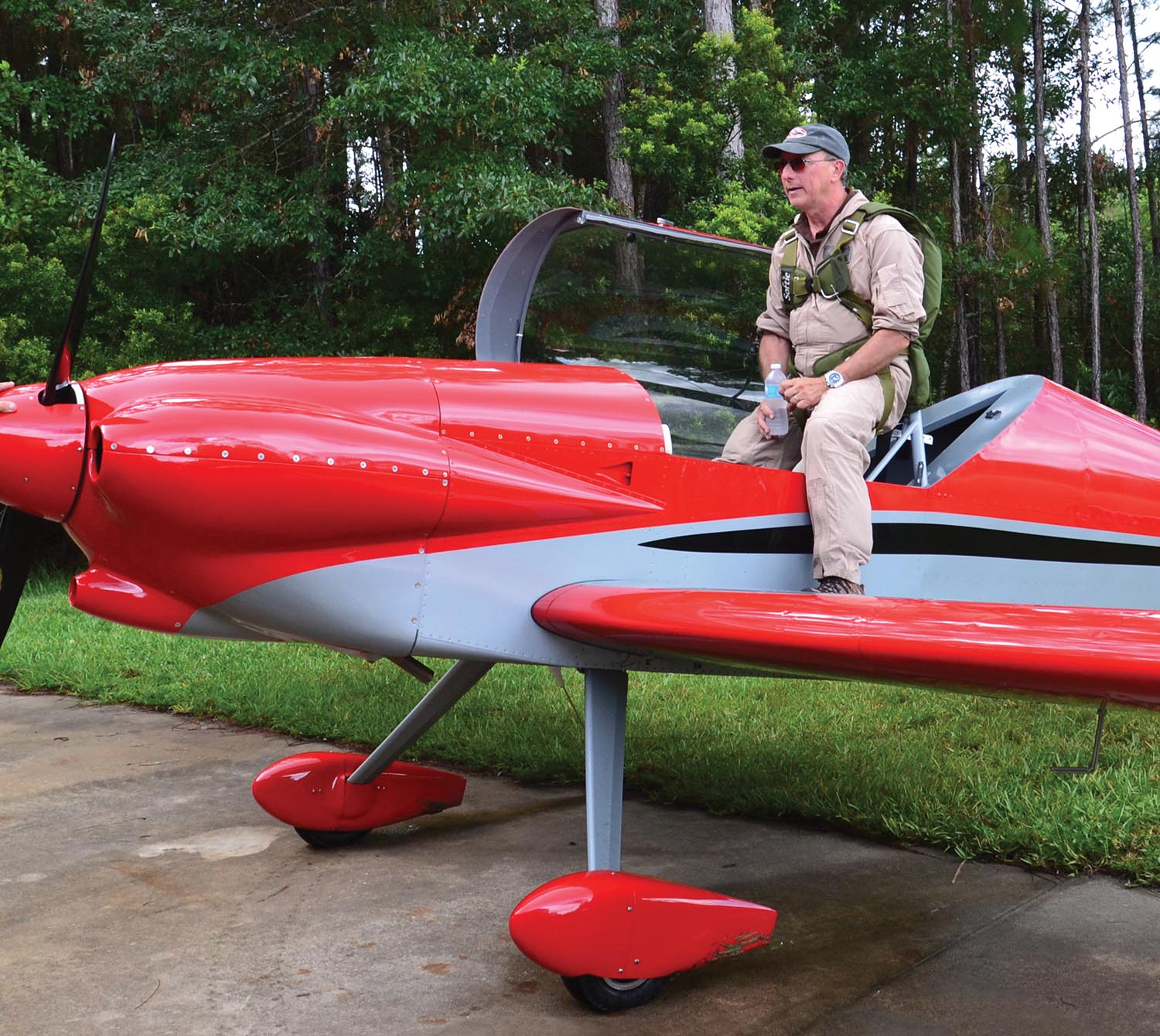
Greg, a friend of mine, a homebuilder with a wonderful RV-9, had been talking about building a bush plane to take to his cabin in far northern British Columbia for the past several years. He’d done a lot of paper searching—looking at specifications, reading websites and articles, and doing his own requirements matrix on all of the available options. He’d even flown a couple of different models over a three-year spread, just to try some out. So when he was in town for a visit, I invited him to fly our Dream Tundra, the medium-sized bush plane we’d finished building a couple of years earlier.
I talked Greg through the features (positive and negative) of the plane, then we saddled up for a local flight. With the checklist completed, we rolled onto the runway, and I did the takeoff, established a cruise climb, and turned the controls over to him, inviting him to try whatever he liked as we toured the surrounding mountains and valleys. I didn’t take the airplane back until we were established on downwind, and I narrated the landing as we went, landing (as usual) on the paved underrun and turning off at the numbers, a normal short landing.
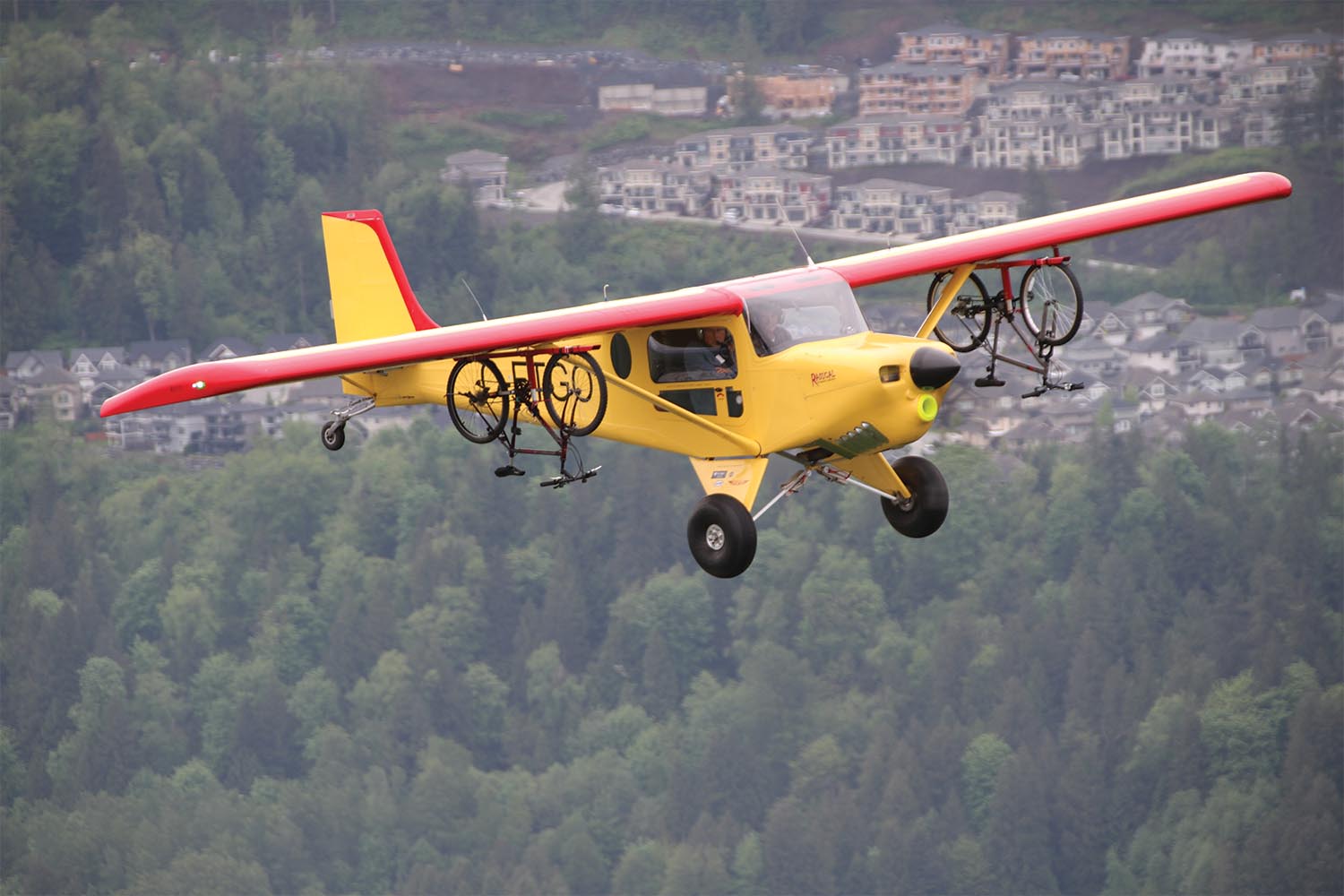
As we were putting the airplane away, Greg said, “You know, I’ve flown a few airplanes now, but I always spend most of the flight just trying to figure out what I need to do to fly it properly. How do you manage to fly new types and evaluate them at the same time? What is it that you do to come back with an accurate opinion or evaluation of a plane that you’ve never flown before and now have only flown once? Is there a formula that you can give me so I don’t waste my time when trying out an airplane in which I might want to invest years of building time—not to mention a sizable chunk of money?”
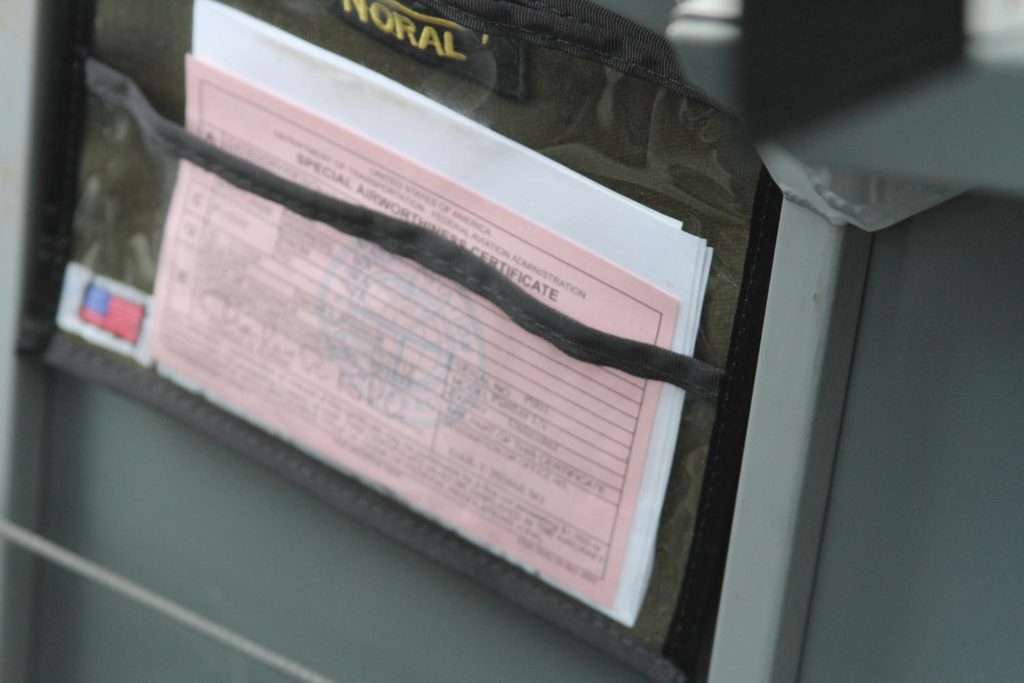
I thought about that a little while. My first thought was, well, that’s what experience gives you! But that’s not very fair and much too egotistical. You can, in fact, formulate a plan for evaluating a new type of aircraft, supposing, of course, that it fits into your personal experience base in terms of speeds, maneuverability, and handling qualities. I can attest myself to having been stuck in the left seat of something that was way outside my comfort zone and being thankful that a demo pilot was there to bail me out when I got in a little beyond my depth; that will happen to everyone at some point. But if you’re used to flying small, piston-engine airplanes, there is a way to make a meager demo flight both safe and productive—and to come away with a valid impression of its suitability for the job.
Good Fundamentals
Before you really evaluate a new type, you do need to have a certain set of good fundamental piloting skills. You need to be able to consistently develop a sight picture for landing, for instance. This is where good primary instruction will pay off if you have been taught to look at the right places to judge height above ground and descent rate. You need to be able to hold airspeeds to plus or minus a couple of knots. You need to be confident in your ability to hold headings and altitude, quickly picking aircraft landmarks to align with the horizon to establish level flight in pitch and roll. You need to be able to coordinate aileron and rudder to keep the ball centered—even when there is no ball. And you need to be able to handle trim changes and fly smoothly through transitions. You don’t need to be Chuck Yeager to do all these things, but you need to be comfortable with the maneuvers necessary to evaluate the airplane, and a good place to look for the necessary skills would be the Commercial Pilot Airman Certification Standards—Airplane. These maneuvers, and the tolerances associated with them, are good benchmarks for being smooth, precise, and proficient.
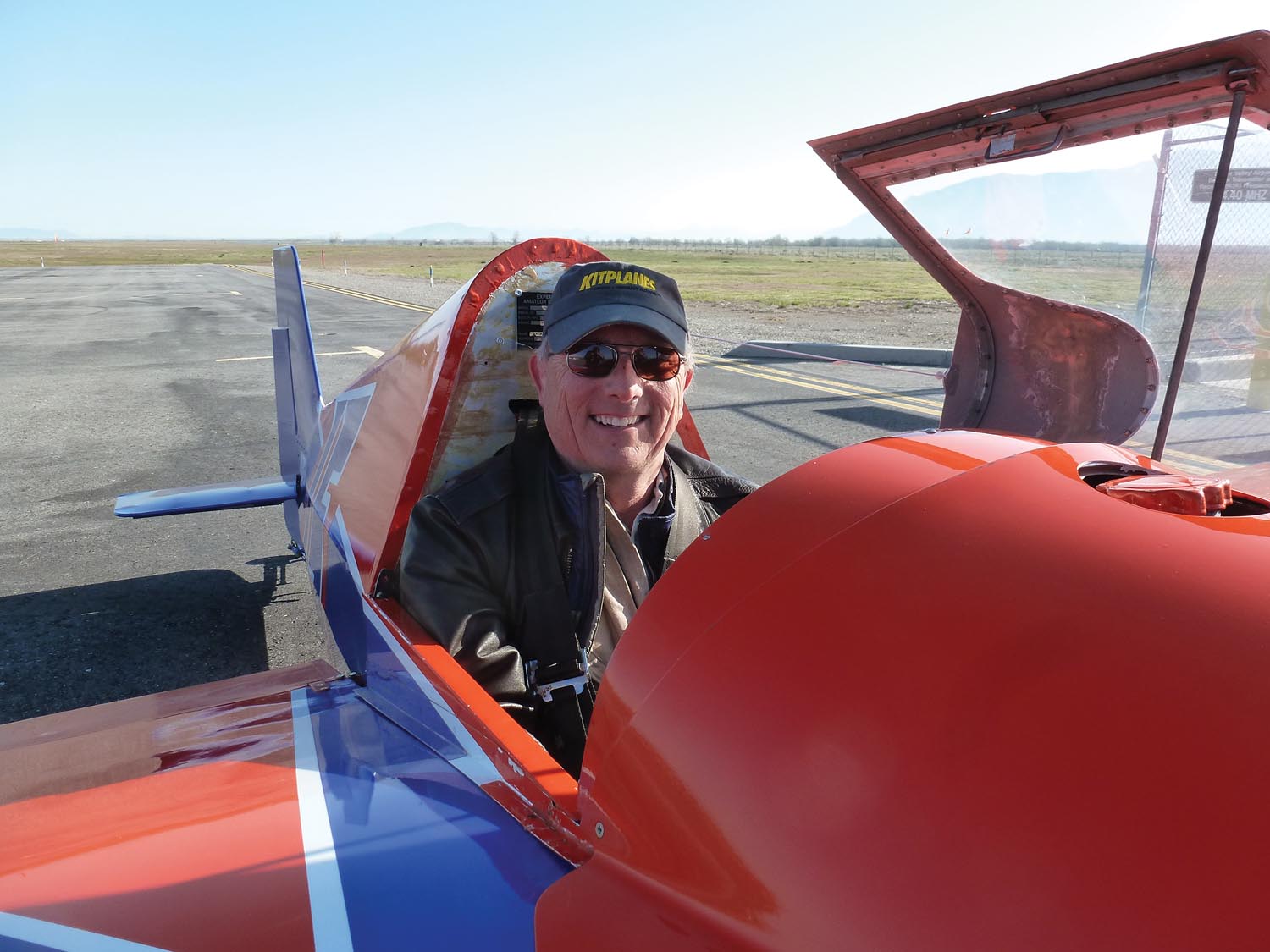
Once you are comfortable that you can take off, maneuver, and land any type of airplane that fits in your experience base, you have the fundamentals it takes to do good evaluations—because you don’t have to spend brain cells worrying about what is going to happen next, or if you can land the dang thing when you get back to the airport. You shouldn’t have to worry about the vagaries of a constant-speed prop because you shouldn’t be evaluating an airplane that has one if you’ve never flown one, for instance. Having to manage systems you’ve never seen before is distracting and takes away from your ability to evaluate and observe.
Be open-minded about new airplanes; learn to put preconceived notions aside. Advance expectations are good—don’t get me wrong—but be ready to change your mind about your expectations if the airplane does something different than you were expecting. Discovering new performance or different handling is, after all, what evaluating new types is all about!
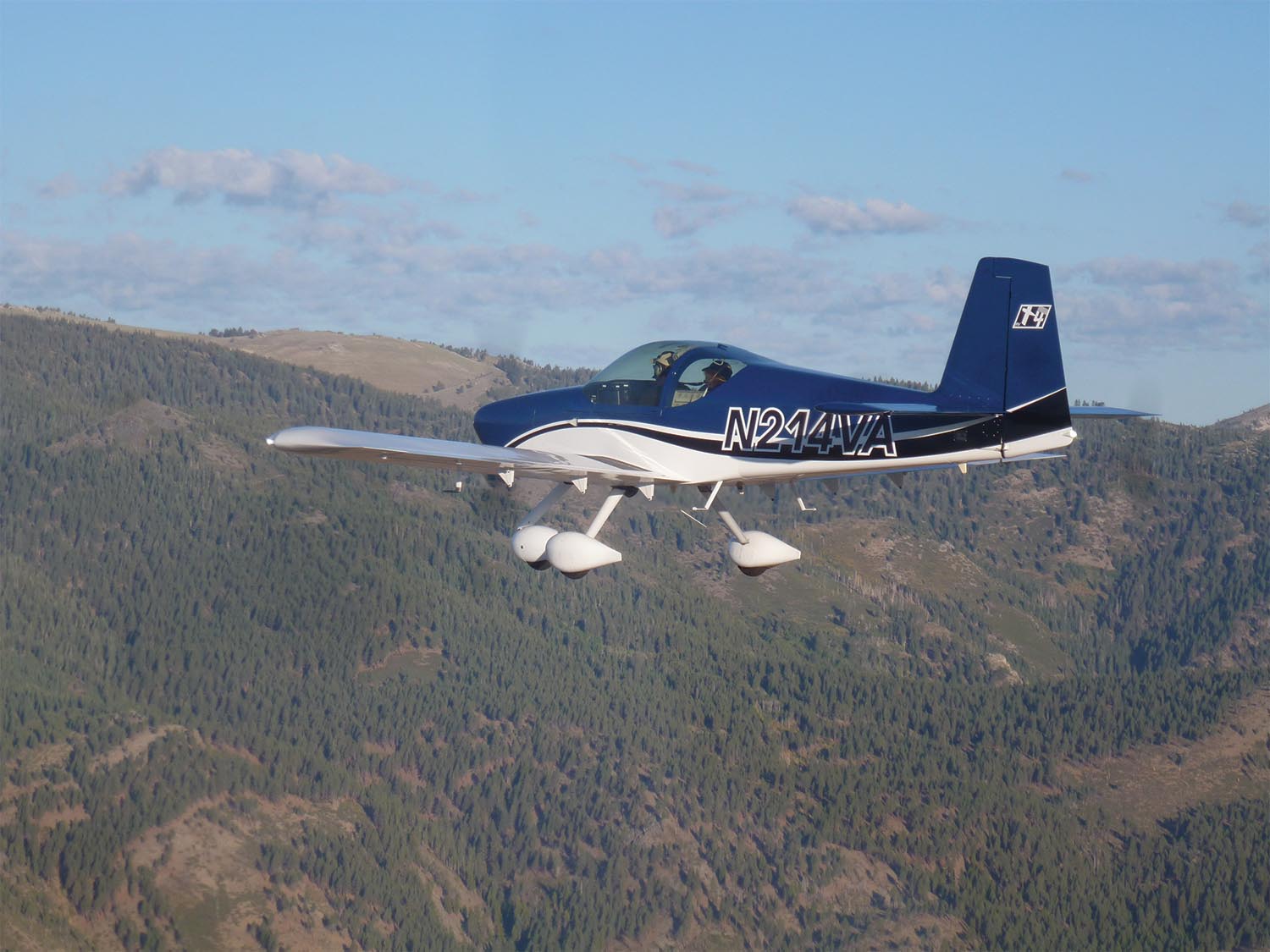
Have a Plan
Remember that fully test flying a new type of airplane takes far more than the 40 hours of Phase 1 required by the FAA for most experimentals. The truth is that a manufacturer (or the military) will spend many hundreds—much more likely, thousands—of hours testing a new type to really wring it out, make improvements, and find the corners of the envelopes. This is not what you are doing in a quick evaluation. A quick evaluation is no substitute for a test program; they are, in fact, two different things. A test program proves a new type. An evaluation flight shows you (a pilot new to the type) what you want to know to objectively evaluate the type’s suitability for a role or particular task.
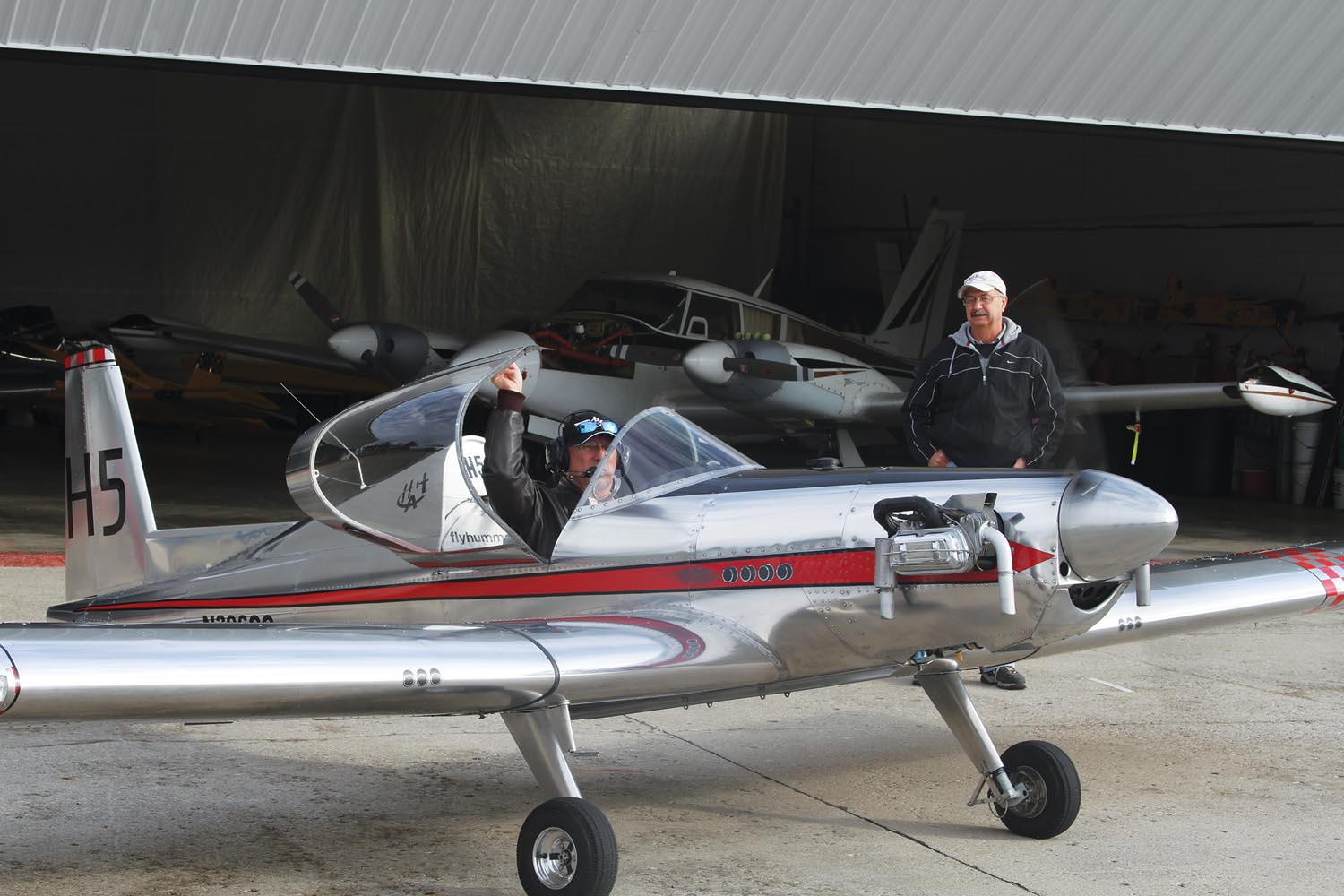
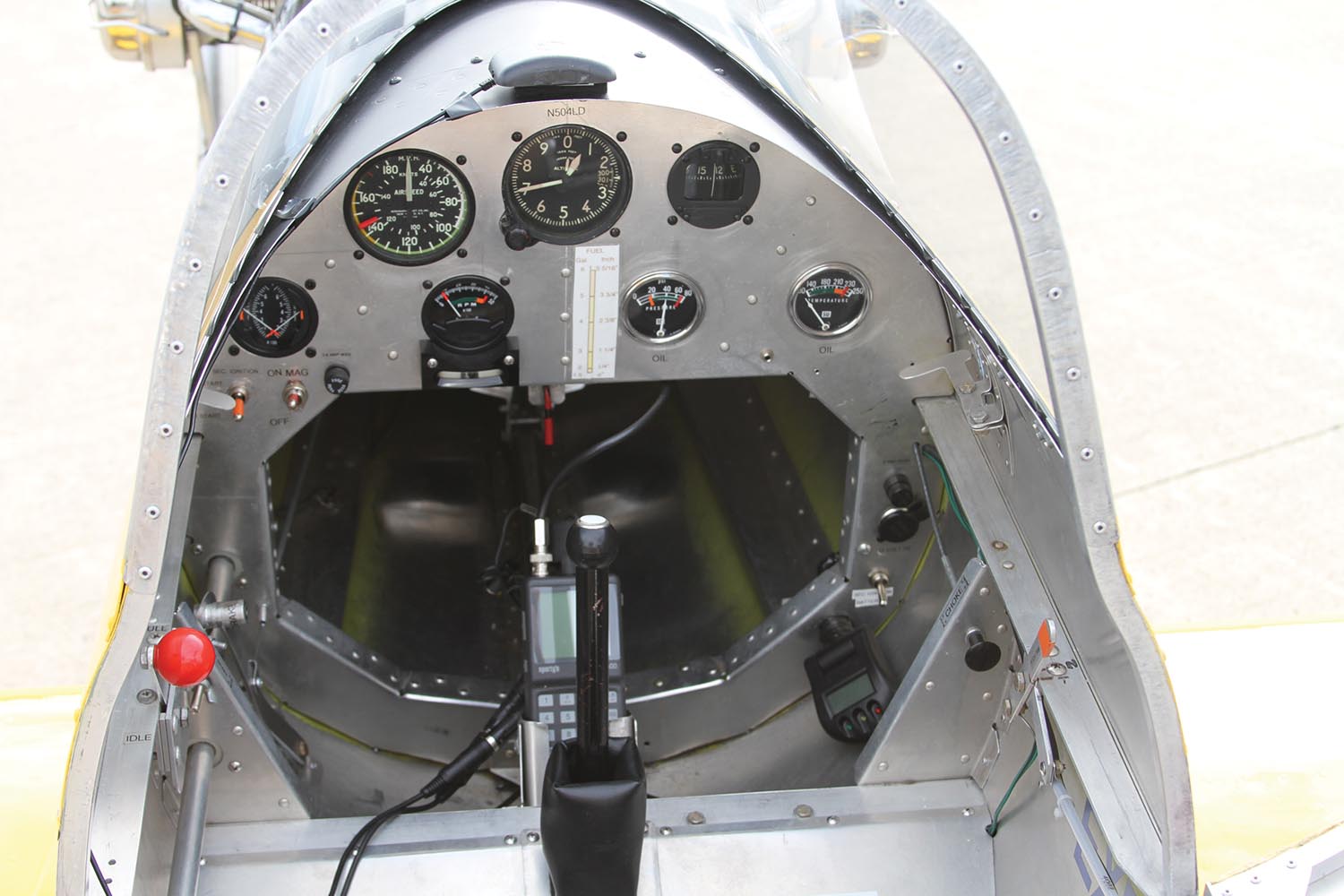 In order to make the most efficient use of the time you have in evaluating a type new to you, it is necessary to have a plan. It’s an excellent idea to have the plan written down so as not to forget what you want to accomplish, and roughly in the order that you want to try out the tasks. On the first moonwalk, the first thing Neil Armstrong did, after stepping off the lunar module and uttering those immortal words, was to use a scoop on an extension handle to grab a quick sample of lunar soil and stuff it in a pocket. If an emergency had occurred immediately thereafter, this “grab sample” might have been the only lunar soil to return with the astronauts—and bringing something back was vitally important. The same thing might be true of an evaluation flight. There are a couple of things you might really need to know about an airplane, but you might have limited time due to weather, scheduling beyond your control, or a dozen other reasons. If this is the case, then have a plan that puts the important stuff up front.
In order to make the most efficient use of the time you have in evaluating a type new to you, it is necessary to have a plan. It’s an excellent idea to have the plan written down so as not to forget what you want to accomplish, and roughly in the order that you want to try out the tasks. On the first moonwalk, the first thing Neil Armstrong did, after stepping off the lunar module and uttering those immortal words, was to use a scoop on an extension handle to grab a quick sample of lunar soil and stuff it in a pocket. If an emergency had occurred immediately thereafter, this “grab sample” might have been the only lunar soil to return with the astronauts—and bringing something back was vitally important. The same thing might be true of an evaluation flight. There are a couple of things you might really need to know about an airplane, but you might have limited time due to weather, scheduling beyond your control, or a dozen other reasons. If this is the case, then have a plan that puts the important stuff up front.
After that, think of the plan more as a menu than a schedule. Sure, have a timeline, but realize that oftentimes the order of the maneuvers won’t work out with traffic, terrain, weather, etc. Use the list of things you want to check and work in whatever order makes sense at the time. After you’ve done a few dozen of these, you’ll realize what flows into what—but then a cloud gets in the way, and you have to rearrange the timeline again. So build a list, check things off as you do them (and make notes), and call the flight finished when you have completed all you can.
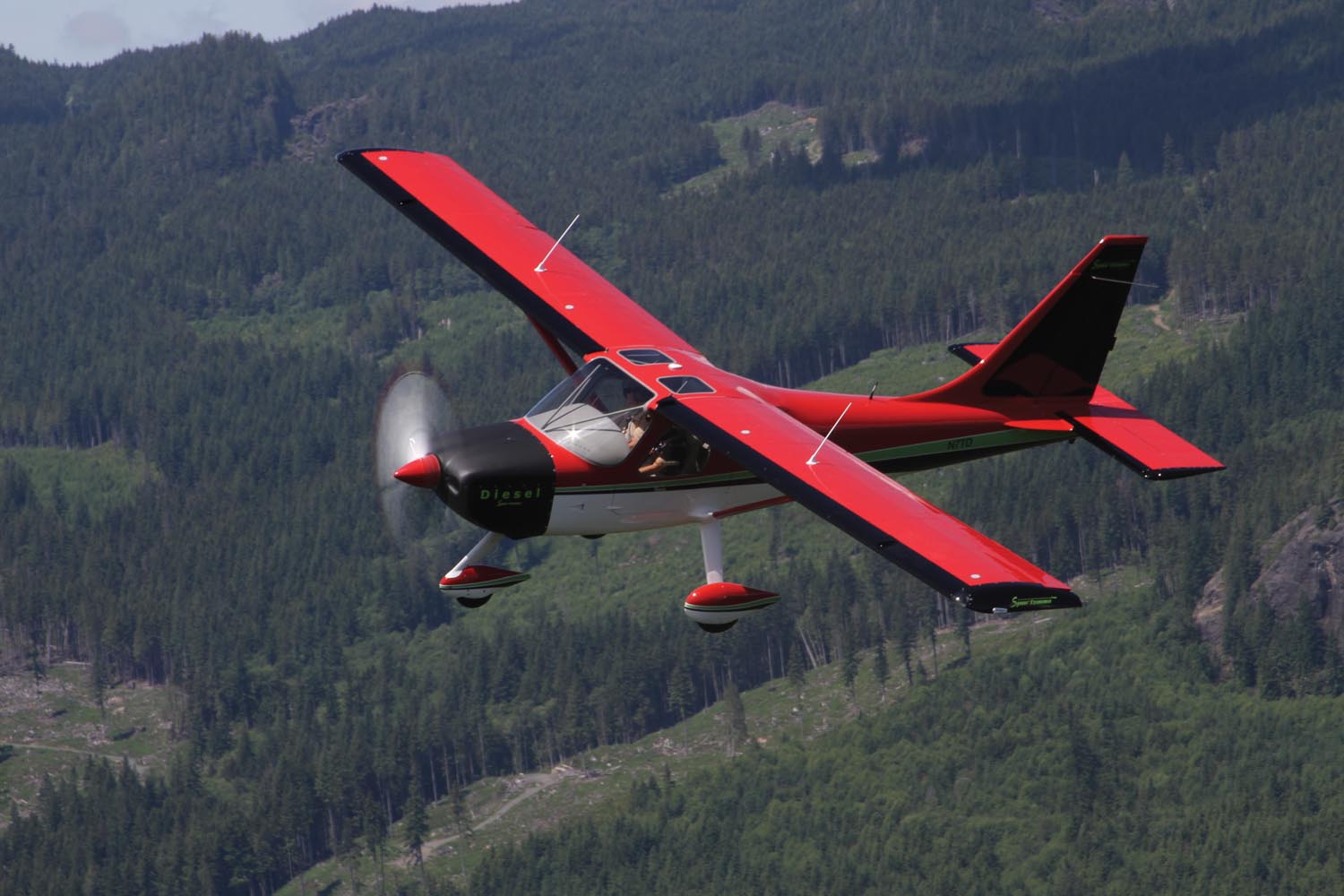
What We’re Looking For
If I am evaluating a new type of homebuilt and trying to determine its overall characteristic as a flying machine, I want to know how quickly it accelerates and how it handles on takeoff (does it have positive control in all three axes, and can I make it go exactly where I want?). Then I want to determine its general handling qualities (how harmonious the axes are) and how stable it is in roll, pitch and yaw (if, in fact, it is stable, of course). I also want to understand its stall characteristics—power off, both straight and turning, and power on—straight and turning (if it is reasonable to do so). I want to get an idea how the airplane handles trim changes with various flap settings, and I might do a few chandelles to evaluate control harmony throughout the speed range. Then I’ll do a straight-and-level speed run to determine if the quoted numbers for top speed and cruise are reasonable. Finally, I want to do a few landings: one normal, one to a spot, one intended to be short, and one power off (if appropriate) to see how precisely it will hit a predetermined spot, and to get an idea how it drops out of the sky or how it might float.
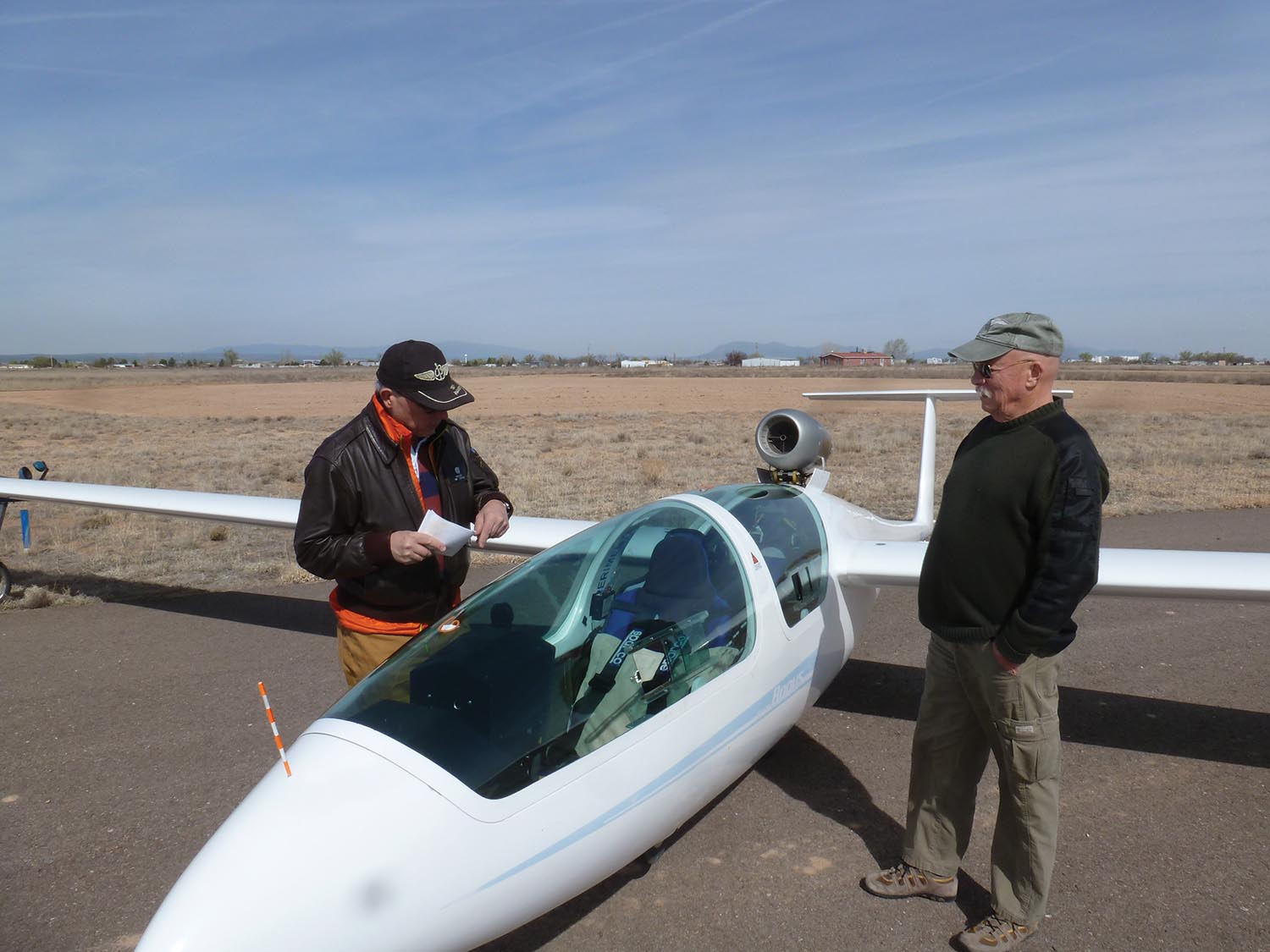
In addition to the flight maneuvers noted above, there are qualitative things to look for, such as visibility out of the cockpit for clearing turns or formation flying (which we do a lot of in magazine work to get pictures). I want to check to see how well I can reach the controls and how much control motion is needed to get certain rates in each axis. I want to know how well the heating and ventilation systems work. Can I reach things in the baggage compartment in flight? Can I sit comfortably with someone in the passenger seat(s)? How well do the secondary controls function and is the placement reasonable (and standard)? Can you reach all critical items (like fuel selectors) with the harness fastened? Do you need to be an Olympic gymnast to get in or out of the pilot or passenger seats? All of these things can be checked in a flight test and go into the overall evaluation of an airplane.
When we’re talking homebuilt aircraft where the pilot is likely to be the builder and the maintainer, there are many things to look at with regards to maintenance, such as accessibility to routine preflight items (do you need tools to check the oil, for instance?). These are sort of out of the scope of a flight test, but things I like to look at when going over the airplane before we get airborne. Look for things that are non-standard that might get you stuck someplace for lack of special tools or parts; if you’re going to own an airplane, you need to know that you can fix it quickly and easily if required.
Let’s Go Fly
So what does a typical evaluation flight look like? There are as many different ways to do it as there are test pilots, I’m sure, and there are many ways to do them right. There are also a lot of ways to do them wrong, of course, and most of those consist of flying without a solid plan in place before starting the engine. What’s important is not that you do things exactly (or even sort of like) what I do, but that you have a plan that encompasses everything you need (or want) to know to make decisions in the future—whether you are going to build, buy, or just fly a similar machine.
For me, a good evaluation starts with the preflight. I like to walk around and get a feel for what can be checked. Can you see hinge points? Can you see control attachment points? What can you shake and wiggle? How easy is it to check the fuel and oil? Can you easily check tire inflation and correct it if needed? How accessible are the fuel caps for visually checking quantity? How about fuel drains? This is also a good time to get a feel for things like tire wear. How does the rubber look? Is there an obvious wear pattern that might be of concern?
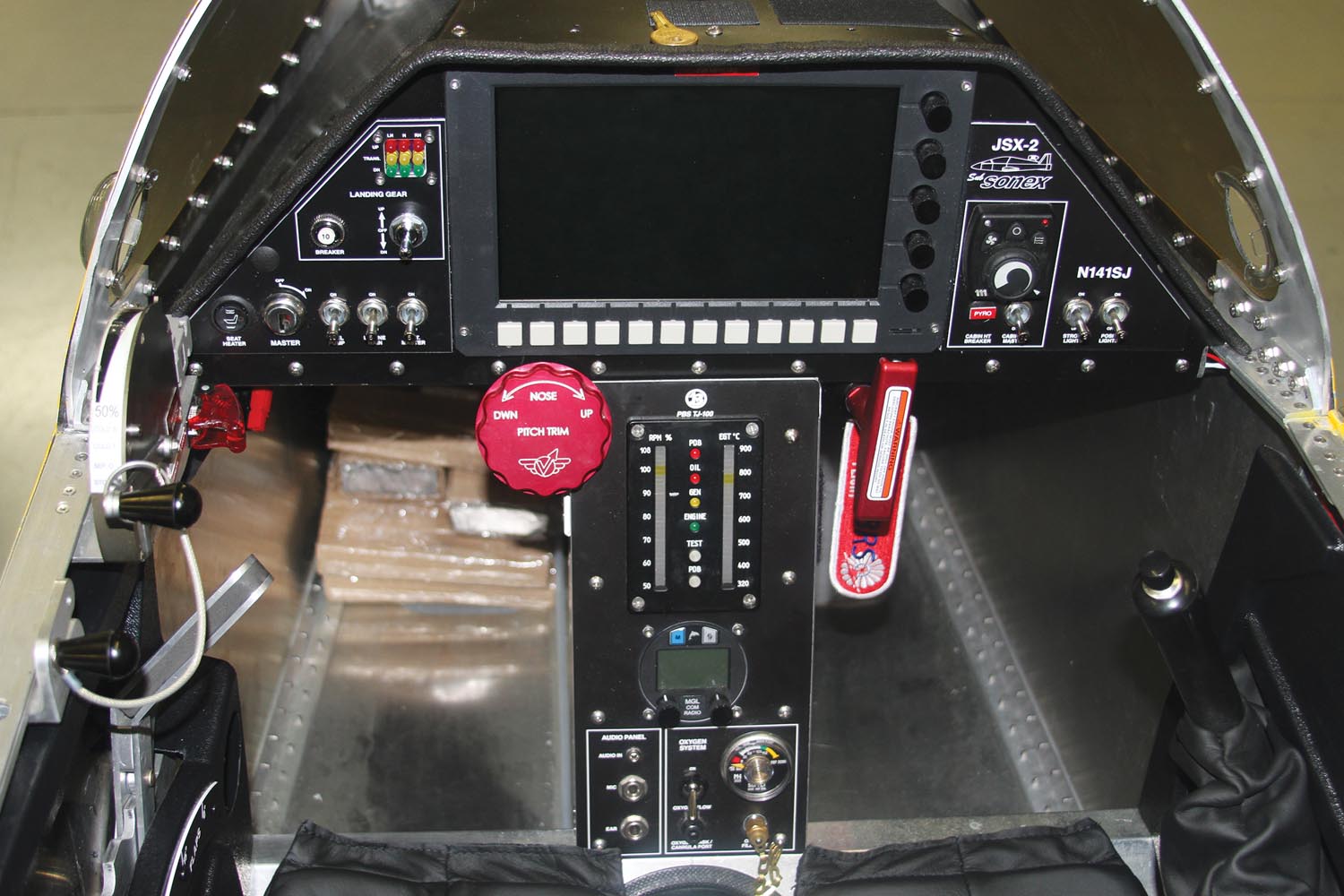
Also as part of the preflight, I like to know how much fuel is on board, and I do a weight and balance to see how the airplane is loaded for the flight. If you find an airplane to be twitchy or unstable, that might be explainable if you are flying near or at the aft CG limit. Getting an idea for what you can legally and safely carry is important, and you want to make sure you’re not walking into a bad situation because you didn’t check.
Once you have preflighted and assured yourself that the airplane is within limits, it’s time to strap in. Now is the time to check “reach and visibility.” Can you reach (and operate) all of the controls you need to make the flight, and what can you see—or not see. Check for blind spots when seated the way you will fly. What’s the visibility over the nose? How far ahead does a blind spot exist? There is almost always a blind spot, even in a nosedragger. If you have difficulty seeing or reaching anything, figure out how to correct the issue before you start the engine—move the seat or add/subtract cushions as necessary.
Make sure that you have a kneeboard of some sort on which to make notes. Ideally, this should have your evaluation checklist on top, with space to write comments next to each item. Oh—and make sure your pen or pencil is handy and works before getting airborne!
Use whatever checklist is appropriate (and available) for the airplane to get the engine started and all of the equipment powered up. You’re most likely not flying alone, so use help from whoever is more knowledgeable about the ship. When you’re ready to taxi, start out cautiously and make a few small steering inputs to see how it responds. It’s far better to under-control, then scale your inputs up, than it is to overcontrol and end up in a wild oscillation!
For a first takeoff, make it as normal as possible. Know the target speeds for rotation, liftoff, and climb, and rehearse the process in your mind of lifting the tail (if it’s a taildragger) and retracting flaps on climb (if using flaps for takeoff). As with all takeoffs, of course, have a plan for emergencies. When you’re ready, line up, release the brakes and see how it goes. Note if the acceleration is better or worse than you expected. Note if the plane is a ground lover or takes off more quickly than you expected. Having an expectation (from a previous airplane, for instance) and then comparing it to what is actually happening can make it easier to remember the responses later.
After I get enough altitude to feel comfortable, I do a quick roll doublet (left, right) and back to level, and a pitch doublet as well. These give me a quick understanding of the sensitivity of the airplane. I then climb normally and exit the pattern to whatever practice area is available and an altitude where stalls are going to be safe. For most light planes, 3000 feet agl works well.
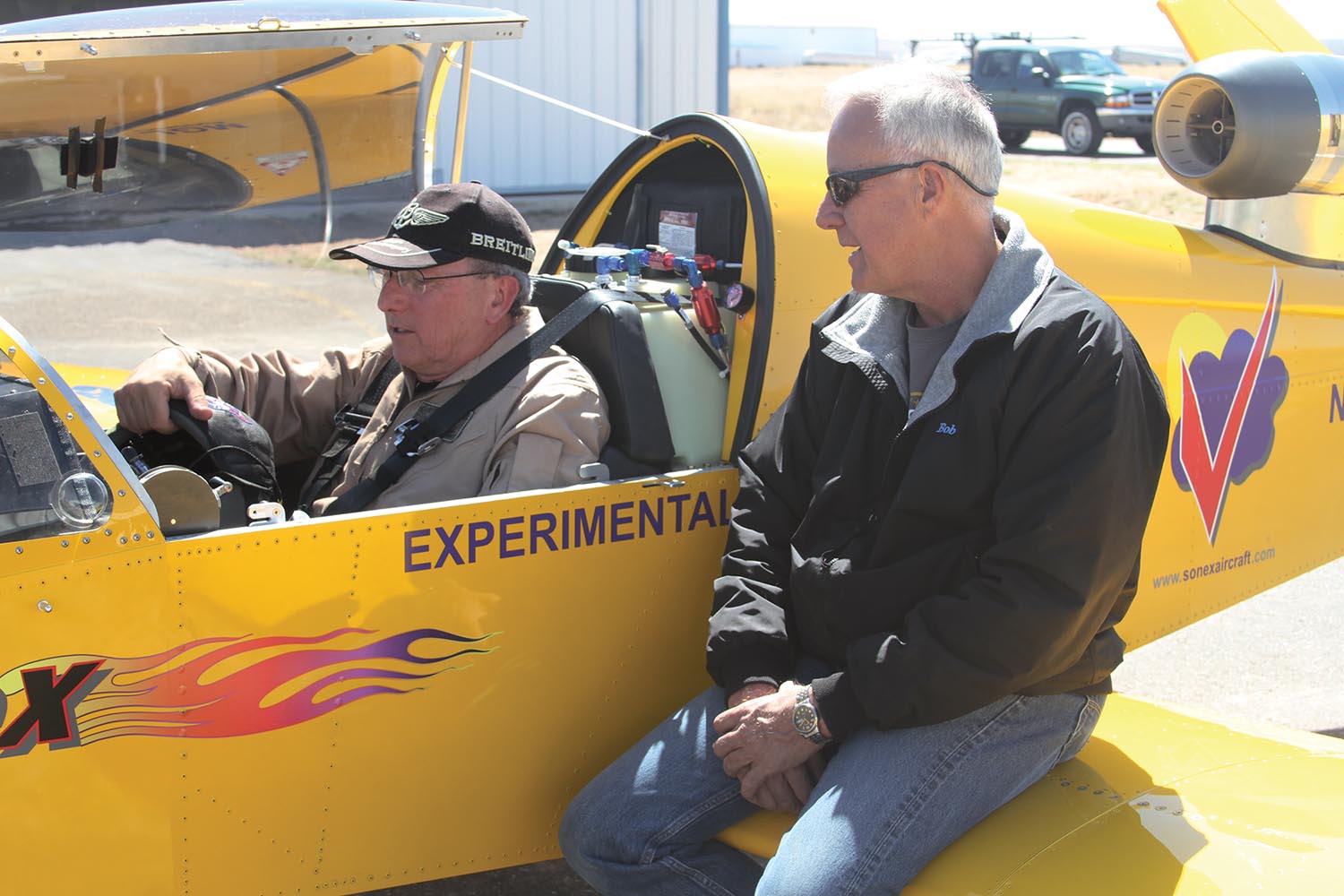
For air work, I like to start with a couple of turns—a left and right 360 to establish the sight picture to keep from climbing or diving while turning. I’ll start with a maximum of 30 degrees of bank and take a look at the ball to see how much rudder is required to keep it centered. Then if it’s appropriate for the airplane, I’ll steepen the turns up to 45 degrees of bank for a couple more 360s. All the while, I am checking to see if I need opposite aileron to keep the turn from steepening or if I need pro-turn aileron to keep it turning. This will give you an idea of the roll stability.
Next up—a pitch phugoid. Trim for level flight, then pull back to slow the airplane by pulling back on the stick (or yoke) about 10% of the cruise speed, and let go of the stick. By “let go,” I mean relax your grip and guard it. Let it do its thing, but be ready to take over if you don’t like what’s happening. Keep the wings level with rudder. The nose should drop through level, and the speed will increase above the trim speed. Then the nose should pitch back up as it seeks the trim speed. The quicker it gets back to trim speed (and the fewer oscillations it does), the more stable it is. What you don’t want is for it to diverge. Take over if it appears to be pitching more on each oscillation. If this happens, check to see if you’re really within the aft CG limit!
After checking to see how stable the plane is in pitch, I like to check for control harmony. This is simply seeing if it takes about the same amount of stick pressure in pitch and roll to get the same amount of rate in each axis. It should not be light in pitch and heavy in roll, for instance (or vice versa). You want it to be about equal. This makes for pleasant, predictable flying. There are two good maneuvers in the standard repertoire to test harmony and stability—chandelles and lazy eights. Both have speed, pitch, and roll changes throughout and will test your ability to keep the airplane coordinated in all (non-aerobatic) attitudes.
By the way, have I mentioned that you need to be taking notes all the way through? I should have, and you need to. You’re not going to remember all of this once you get back on the ground.
Once you’ve done the coordination maneuvers, you’ll have a pretty good idea of the yaw forces and stability, but giving the rudder a quick kick to see how stable it is in yaw isn’t a bad idea. Just have your belts tight—a lot of yaw can really throw you around.
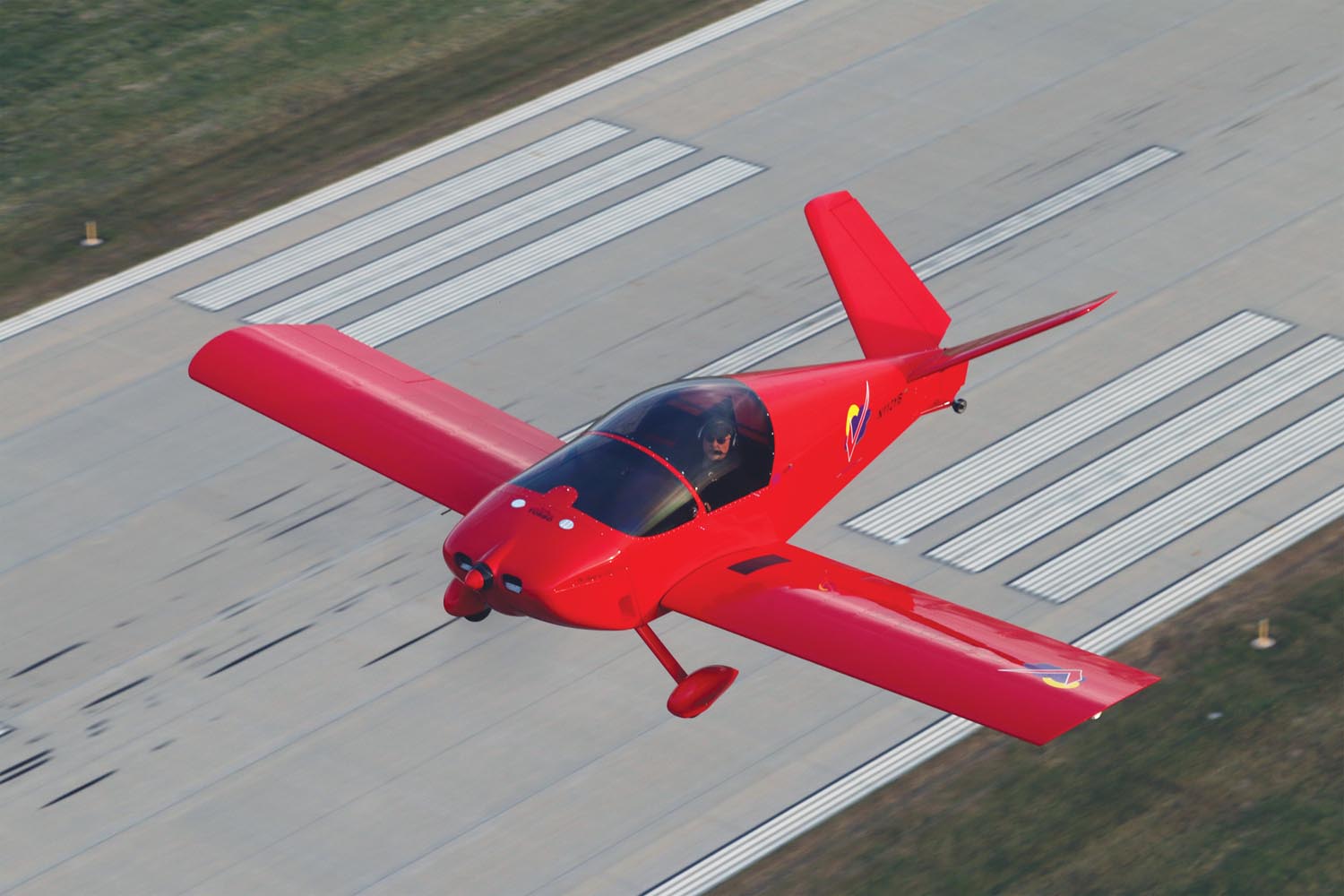
The Slow End
Now that you have a feel for the airplane, it’s time to slow it down and see how it handles near—and at—the stall. Use recommended speeds and flap settings, take it down to five or ten knots above the expected stall speed, and do a few turns. See what it takes to get a buffet, then let go of the pressure. When you’ve done a little of this, level the wings, and pull it into a power-off stall, noting what kind of aerodynamic warnings you get. If you’re comfortable, take it all the way into the break and note how that feels. Some airplanes don’t break at all; they merely mush ahead and develop a healthy sink rate. Some break quite sharply, and suddenly you’re looking at nothing but planet earth. And many will fall off on one wing or the other. Keep it coordinated, add power, and fly out of the stall. Take some notes. Do a couple and see if it is repeatable.
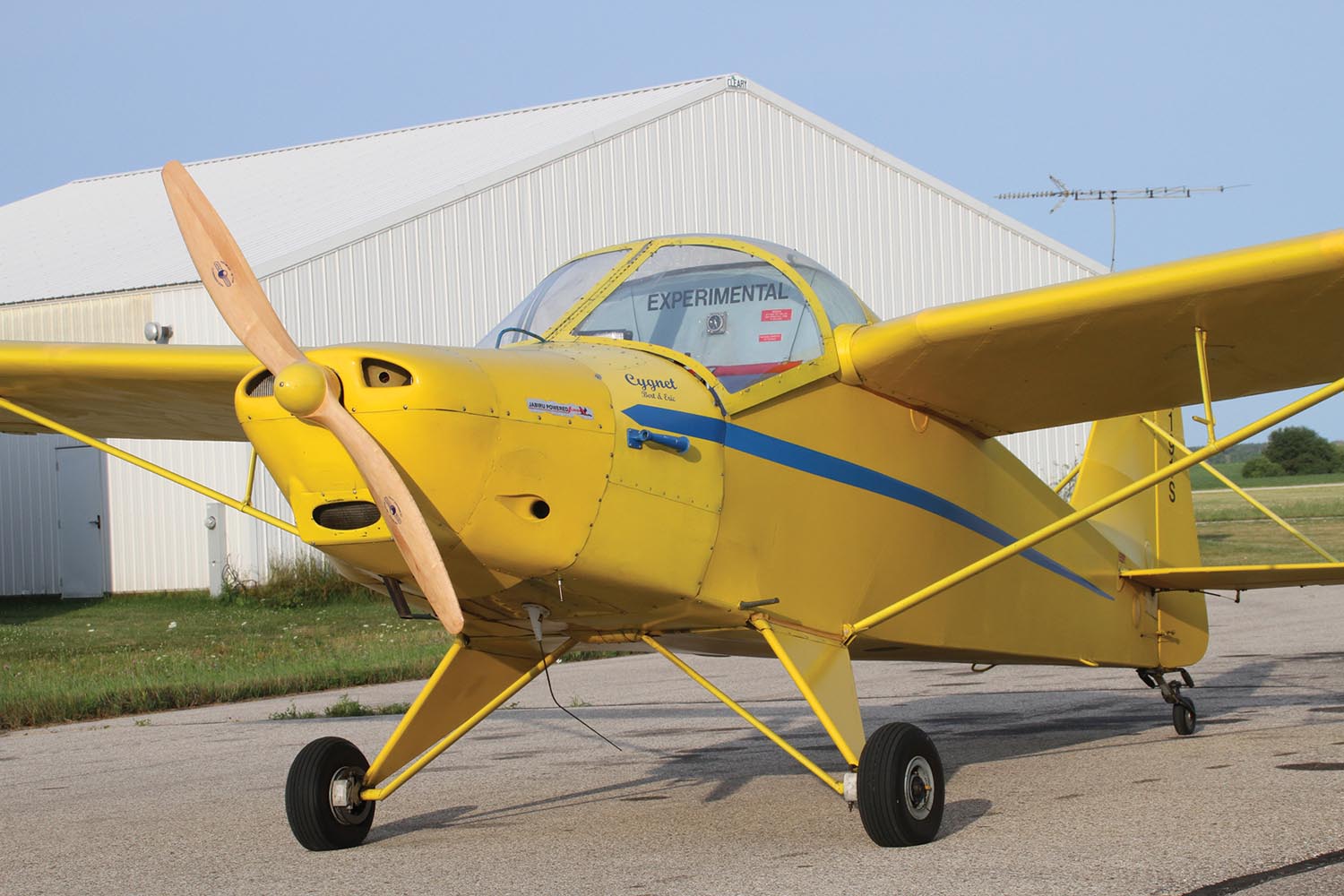
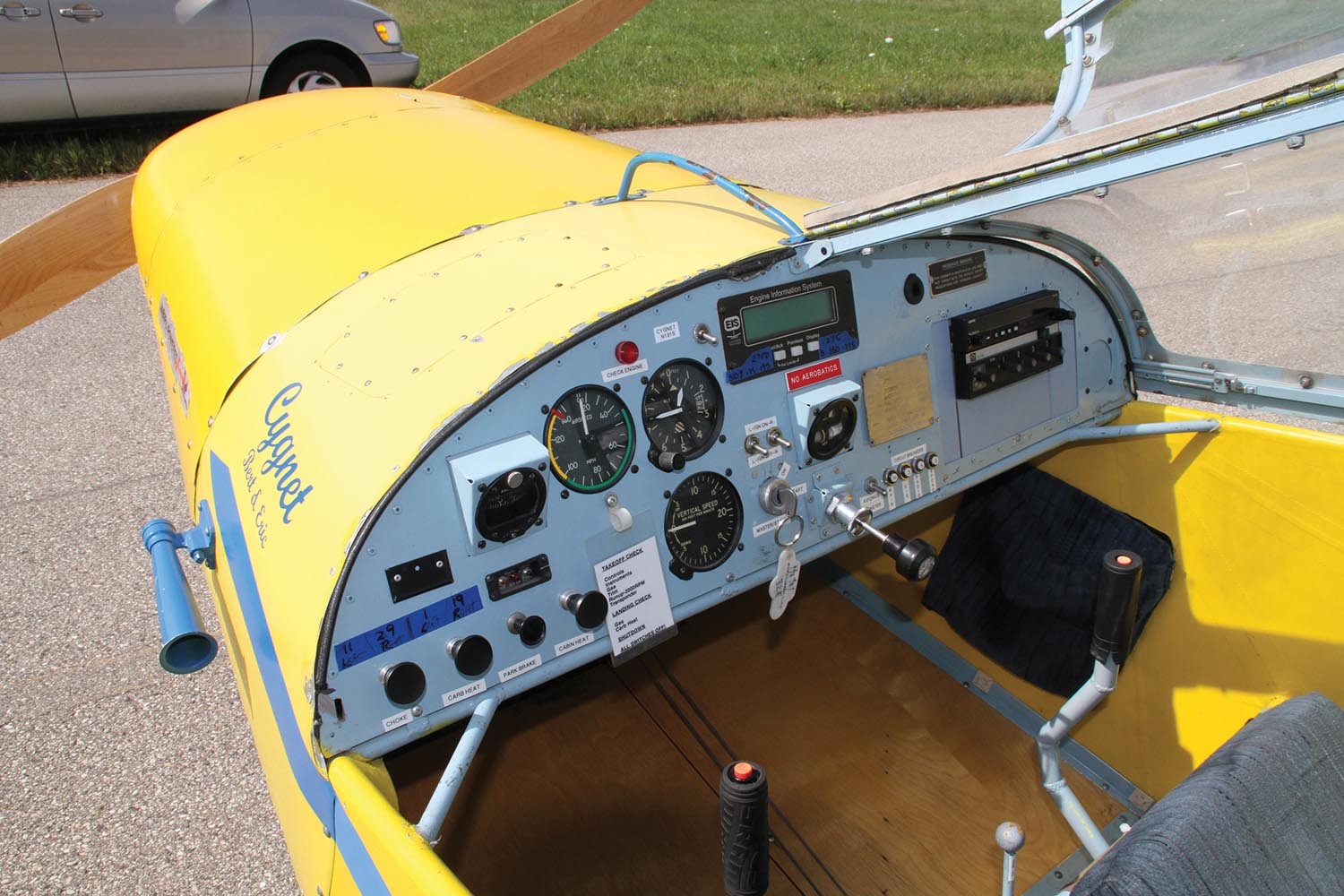 If you’re comfortable with the power-off stall characteristics, try one with some power, and if that is fine straight ahead, try one turning with power. Gee, this sounds a lot like an old Private flight test, doesn’t it? Yeah, that’s kind of the idea. This isn’t Phase 1, and you’re not trying to be an experimental test pilot. You’re just seeing how the plane behaves at the edges of normal flight. If you’re going beyond that, you should be getting paid, and you should be wearing a ’chute.
If you’re comfortable with the power-off stall characteristics, try one with some power, and if that is fine straight ahead, try one turning with power. Gee, this sounds a lot like an old Private flight test, doesn’t it? Yeah, that’s kind of the idea. This isn’t Phase 1, and you’re not trying to be an experimental test pilot. You’re just seeing how the plane behaves at the edges of normal flight. If you’re going beyond that, you should be getting paid, and you should be wearing a ’chute.
Now, if the airplane is aerobatic, you (and anyone else in the plane) are wearing a ’chute, and everyone agrees, a few rolls will tell you a lot about the airplane’s handling characteristics. Rarely do I do this on a first flight, however. If you’re serious about the plane, you can do that on a second or third trial.
Before you head back to the airport, a speed check is in order. Make sure you note altitude and temperature, then go to cruise power and see how it compares to book. A top-speed check is easy—just go all in with the throttle, let things settle out, and again make a note of what you get for an indicated airspeed. You can figure out the TAS later—if you write down the altitude and OAT.
OK, slow things down, find the airport, and head back. (Don’t laugh—you can get completely involved in testing a plane and lose track of where you are relative to the field. It happens frequently. Then you get to see if the GPS works.) Plan a normal pattern entry, and brief the speeds and flap protocols with the demo pilot or make sure you noted them before takeoff if you’re alone.
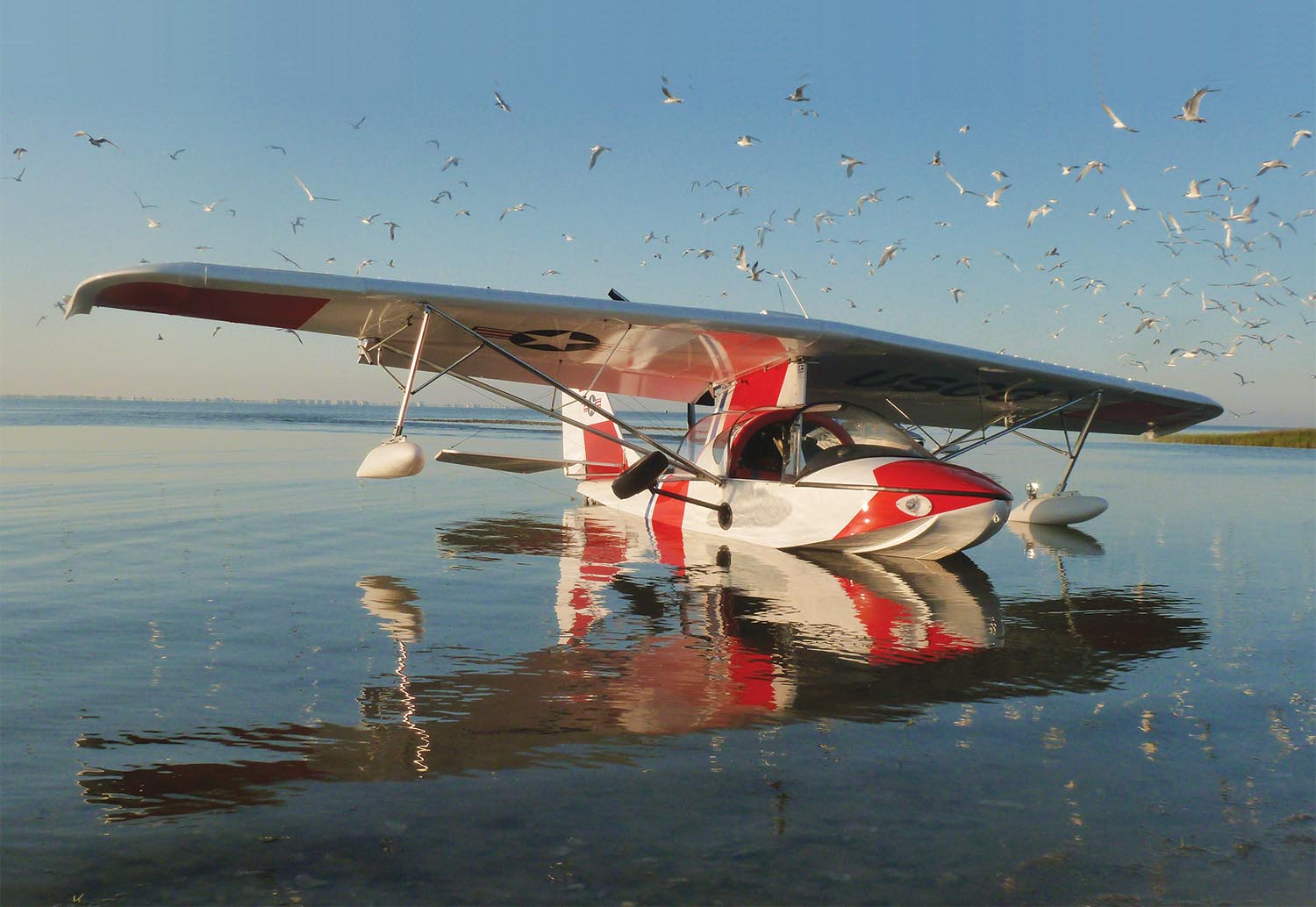
Returning Safely to Earth
Evaluating landing performance is highly dependent on what the airplane was designed to do, probably more so than takeoff or in-flight capabilities. A go-fast cruiser will land faster and require more runway by design than a STOL-ish airplane designed for the backcountry. Before you enter the pattern, you should have done enough slow flight to get a feel for the pattern and approach speed and handling characteristics. You should also have some idea of what is considered “standard procedure” for the airplane in the pattern—speeds and configuration on downwind, base, and final.
Give yourself plenty of room on your first landing attempt. Don’t try to fly the ultimate short pattern; time is your friend when making fine adjustments. Hopefully, you got an idea of the sight picture before takeoff, so you know what the flare attitude should look like. Plan the type of landing considered easiest and most straightforward for the type: wheel landing or three-point for a taildragger, and a nice nosewheel-high touchdown for a conventional plane. Most importantly, know what you are going to do, and then do it. Don’t change your mind in the flare, and don’t let the plane fly you—you fly it.
Whatever landing you decide on, make it from a nice stabilized approach, and after touchdown, evaluate how easy it was to make the airplane do what you wanted. Did you try for a three point and end up on the tailwheel? Did you try for a good “plant the mains first” and land three-point in a nosedragger? How easy was speed control, what were the trim changes with various flap settings, and did the airplane feel stable?
I recommend a full stop the first time, or at least a stop and go; if you have plenty of runway left, then go ahead and take off again. Next time around, I like to pick my spot and try to hit it, then I evaluate how easy that was. Third time around, I try for a short-field landing, if I feel like I understand the airplane. Remember that short-field operations frequently mean you’re on the backside of the power curve. With a powered approach, the ground can really rush up quickly in the flare, and you have to time it properly. Decide how easy that was after making a good, safe touchdown and stop.
If you’re flying a go-fast airplane, with little wing and high stall speeds, your approach will probably be flatter, and short-field landings not that short. So ask yourself how well it stabilized on speed and how easy it was to make a smooth touchdown. Did it float significantly in ground effect? How easy is it to actually land on your aim point?
After a couple of landings, try a slip on final. See how it responds, and how using that maneuver works for glideslope control. Of course, obey the SOPs for the airplane; if they say no slips with flaps, don’t push the envelope. This isn’t flight testing; it’s evaluation.
One last thing to look at is the ease of a go-around. How quickly do the flaps and/or gear come up, how easy is it to establish a positive rate of climb, and at what altitude does a go-around become really problematic? Finish off with a nice touchdown to a predetermined spot, roll out, check steering and braking, and you’re done!
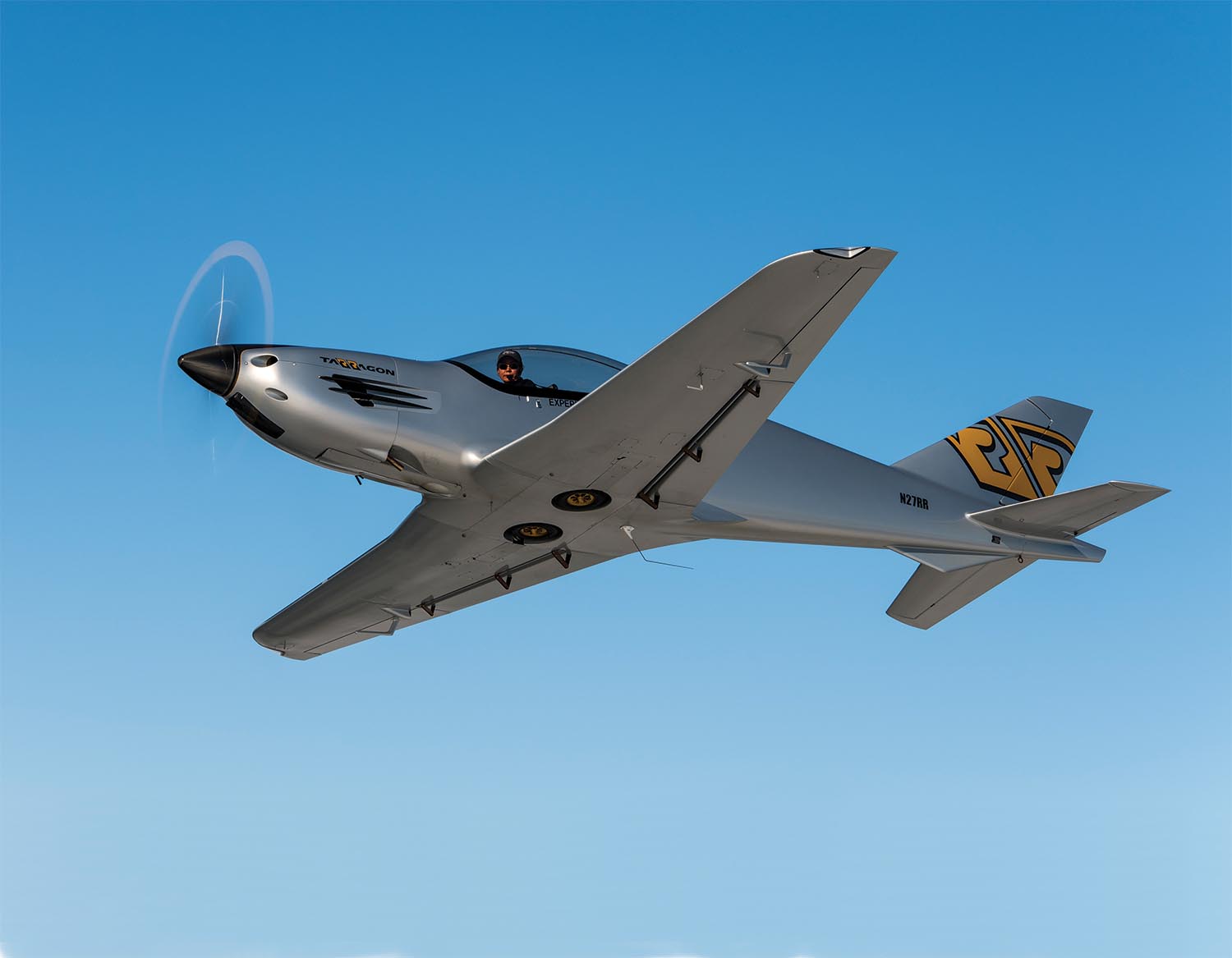
Evaluation 101
Choosing an airplane is oftentimes polluted with many non-flying factors: cost, construction, maintenance, and equipment choices. But no matter what the type or what the gear, you are going to have to fly the airplane and get it to do what you want it to do. Evaluating an airplane against your mission is what you need to be thinking about when you try a new type and are deciding if this is where you want to invest your hard-earned money. Most modern homebuilts fly pretty darn well. We’ve learned a lot since the Wrights, and most designers put those lessons to good use. Today’s kit aircraft fly much better than the early homebuilt designs because they have been tweaked to do so—which means that you are rarely going to find one that tries to kill you right off the bat. Any airplane will have its problem corners, of course; just stay away from them unless they are necessary for your mission. If they are, then choose the airplane that best accomplishes what you need with the least amount of risk.
Flying a lot of different airplanes is not always an option, but using a measured, planned, and steady approach will get you the most out of every evaluation flight that you can arrange. Just remember that, in the end, it is up to you to decide if an airplane fits with your skill level. It’s not about pleasing or impressing others. Fly, evaluate, and enjoy!

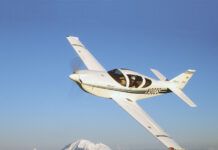


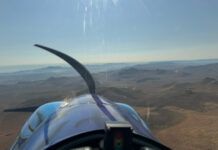
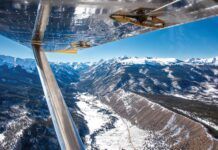
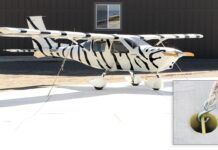
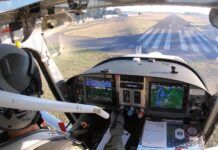
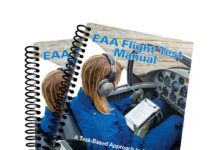
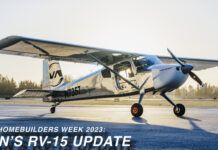
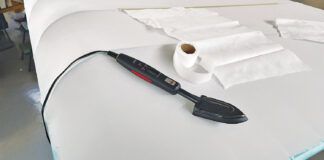
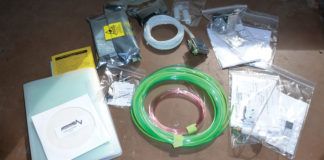
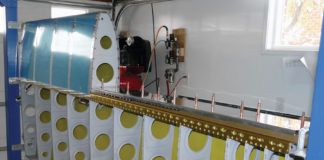
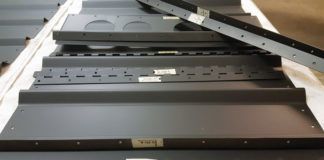
I purchased a Tailwind W8 powered by a Continental 0-200-A a couple of years ago.
I hired a friend who is also a commercial pilot and had flown a W8 before, to pick it up in Alabama and bring it home to Central Lower Michigan. Though I and others consider me an Aviator with some experience as a test pilot of different EAB aircraft and some factory builds along with ratings, I had not flown anything with this performance in years. After 625MS was home I hired him to check me out in the bird. This was the best money I spent on this airplane. I since have 115 hrs in this airplane and am very comfortable in my aerial steed and enjoy it immensely.
My point is this, no matter your actual or perceived experience level, NEVER BE UNWILLING to get advice and use others experience to make you a safer and more successful Aviator.
Regards to All,
Doran Jaffas
One more note here. I just reread this article and still enjoy it. I also owned a Cygnet SF2A. They are a very gentle and forgiving airplane with no bad habits that I found. The forward swept wing visual is unusual at first but it doesn’t take long to get used to. The forward slip puts the wing tip way out front and blocks the view somewhat but the Cygnet slips beautifully and control with full deflection is easily maintained. Need I say more?